New Delhi, October 29, 2023 : The 7th Edition of Indian Mobile Congress (IMC) 2023, the largest telecom, media and technology forum in Asia, jointly organized by the Department of Telecommunications (DoT) and the Cellular Operators Association of India (COAI), concluded today after 3 days of engaging sessions on ICT, electronics and Cyber. The final day of India Mobile Congress 2023 witnessed participation from industry leaders with key focus on Meeting India’s Telecommunications needs, Network Evolution beyond 5G, Standardization for 6G, 6G RAN and Devices, Applications and Digitization, Evolution of AI, Future of Networks etc.
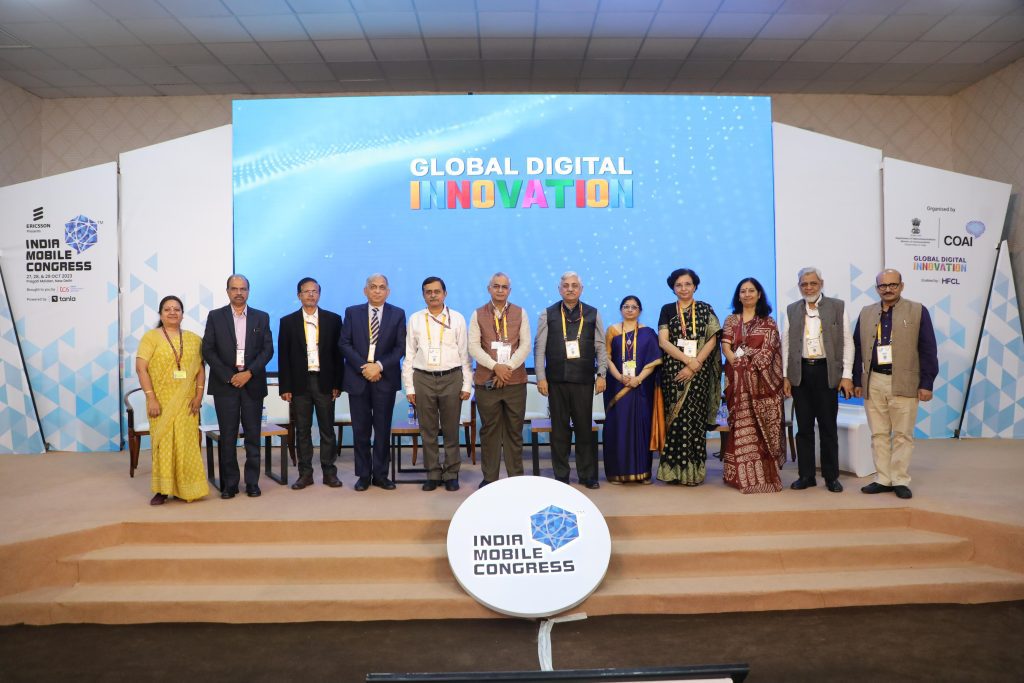
The last day of the forum also saw discussions on India’s role in the shifting global semiconductor landscape and growing global interest in India as a manufacturing destination for the semiconductor industry. With major announcements happening across 5G and 6G technologies, the discussions at India Mobile Congress highlighted the convergence of digital inclusion, India’s home-grown 5G technology, and the development of digital public infrastructure. Further, the forum celebrated inclusiveness with an engaging session focussed on celebrating the remarkable achievements of women in the field of technology. The third day also highlighted India’s role in electronic and telecom manufacturing with discussions on way forward for India’s economic Paradigm Shift.

During IMC 2023 more than 400 Speakers are participating in panel discussion, sharing their insights over 80 sessions, to be conducted in 7 Conference halls, spread over a period of these three days. The second day featured sessions which included further discussion on path to innovation and entrepreneurship with insights of other prominent industry leaders.
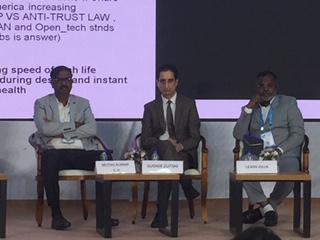
Lt. Gen. Dr. S.P. Kochhar, DG COAI said, “The end goal of operators, government and all stakeholders is to provide the best services to the Citizens across the length and breadth of the country in the most affordable manner. Today we realize how crucial networks are as we, during COVID, understood how important network connectivity was. Today, the ever-growing heightened use of data has put a lot of pressure on Telecom companies, and this is a global trend. We have seen many companies fold up globally, and in India, we can’t let the mammoth investments of the TSPs go to waste. In a price sensitive market like India, it is not desired to increase prices for the customers, but to truly reap the benefits of 5G like slicing, etc., networks must be sound.
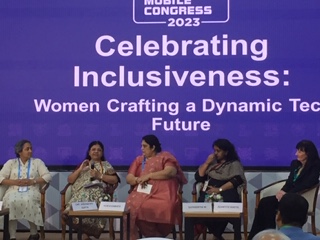
Despite having the highest spectrum cost and taxes, India provides one of the best mobile services, but we have to seriously look into reducing input costs for the industry. 5G should not be looked at through the lenses of 4G – nearly 80% of data usage done by platforms don’t pay for the networks. We need to sit together and decide how we can work together, and the government must play a role in the same.

On the usage of spectrum, I would like to share a thought with stakeholders regarding the Re-Use of Spectrum, which can be done on differential prices with permutation and combinations. Today, on the Hon’ble Prime Minister’s clarion call for ‘Make in India’, the Industry has achieved significant success with rising exports. We believe that by the time of 6G in 2030, the industry will completely shift from ‘Make in India’ to ‘Made in India”.
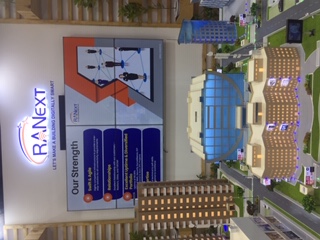
Badri Gomatham, Group CTO, STL Technologies, Said, “We have created tremendous expectations on what the success of 5G means to us. We have built it on the backbone of our fibre optic infrastructure capabilities and as we grow these services and applications across industries, we must strive to reduce vulnerabilities in the security of the physical network. From a regulatory standpoint, best practices must be implemented to bring these vulnerabilities and disruptions to zero and this requires a behavioural and business transformation.”
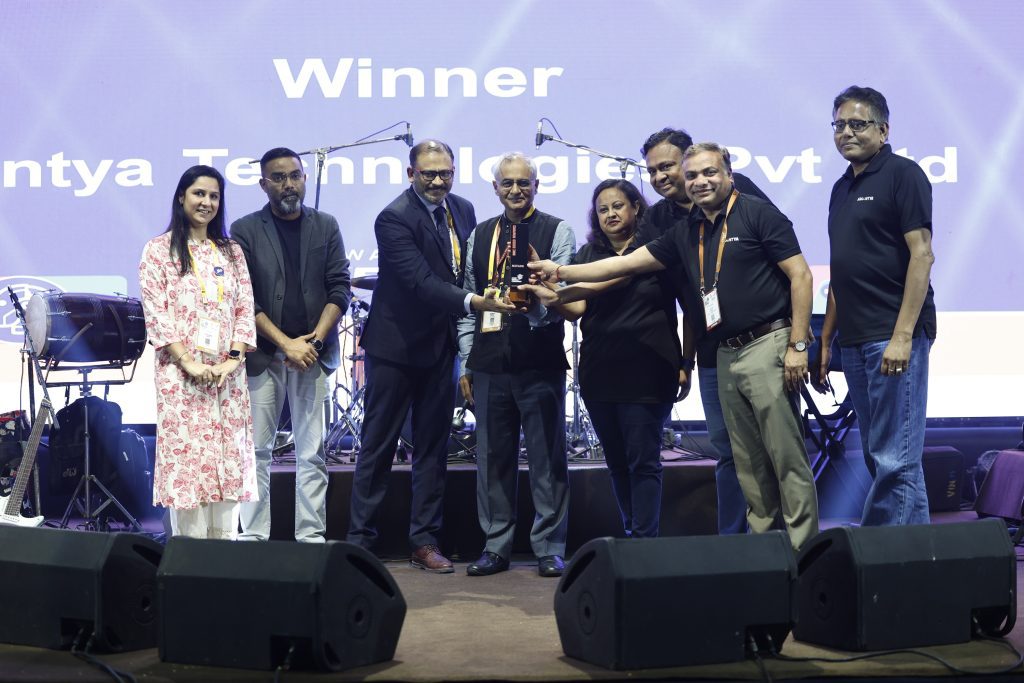
Magnus Ewerbring, CTO, APAC, Ericsson, said, “It’s not just about the network; it’s about creating a thriving ecosystem with differentiating services. The success of 5G hinges on harnessing its capabilities through innovative applications. The launch of 100 innovative labs by the Indian Prime Minister Narendra Modi, which will accessible to universities, is a testament to this progress. In the business arena, technology and market dynamics play pivotal roles. Network slicing is the lifeline, and pricing should resonate with the value delivered. Early adopters will reap the benefits. Additionally, automation and cybersecurity are reshaping industries, providing critical insights, even to credit card companies. It’s an exciting journey, and we’re excited to be part of it.”
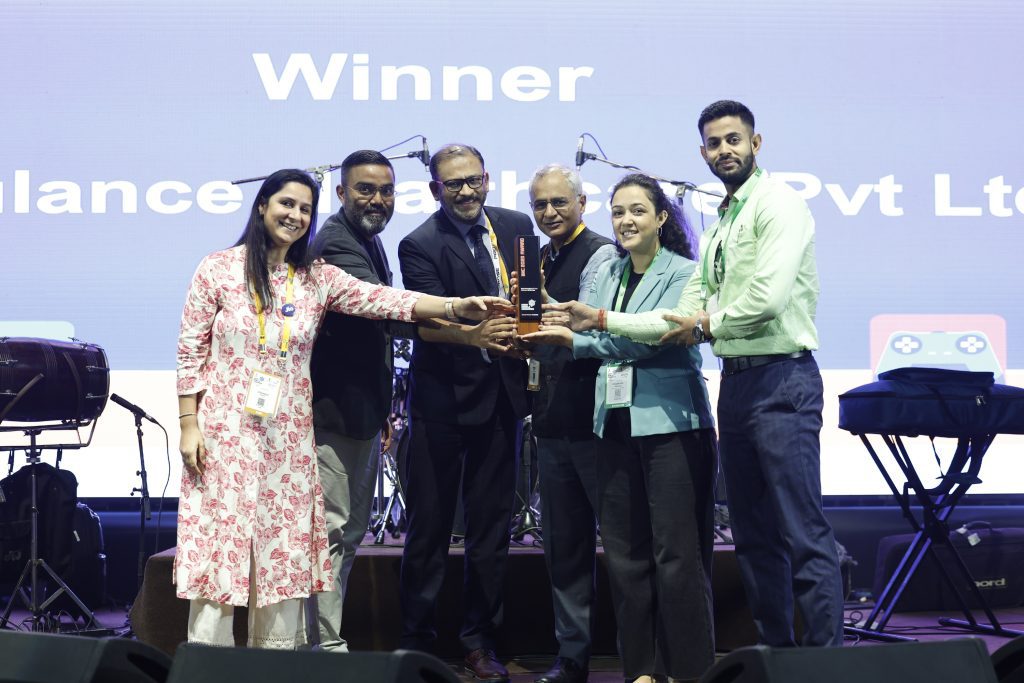
Sankaranarayanan Viswanathan, Vice President and CTO business Solutions, TCS, said, “5G is not merely a technological advancement; it’s a metaphor for the convergence of multiple technologies ushering in the next wave of transformation. Making technology real for our customers is our biggest challenge. Far and in between, customers have struggled to make the transition to 5G use cases because they understand the problems existing in their landscape. There are significant logistical challengers which exist for our customers and we have to appreciate the same. The first big transformation we are witnessing is IoT, which is happening on scale owing to the reduced compute cost. Secondly, people require analytics and AI to drive real time decision-making, which is followed by edge capabilities. Gen AI is also driving a variety of innovative use cases but we must remember the people aspect behind technology. There needs to be an interplay between customers and technology solutions to ensure optimal outcomes.”

Azhar Sayeed, Senior Director, Global Telco Technical Development, RedHat, said, “The distinction between user data and infrastructural data is now critical. User data, once managed casually, now demands a profound shift in approach. Sensitivity to user privacy is reaching new heights, with GDPR expanding its boundaries. This necessitates enhanced programmability, precise APIs, and robust frameworks. Generative AI emerges as an effective approach, offering consistent checks and balances to ensure compliance with regulations. A successful example is Digilocker from India, a beacon of innovation that securely safeguards credentials and is universally embraced by governments and enterprises. These advancements, born from inclusivity and high-speed connectivity, serve as catalysts for extending these innovations into the enterprise landscape, nurturing seamless B2B and B2C interactions.”
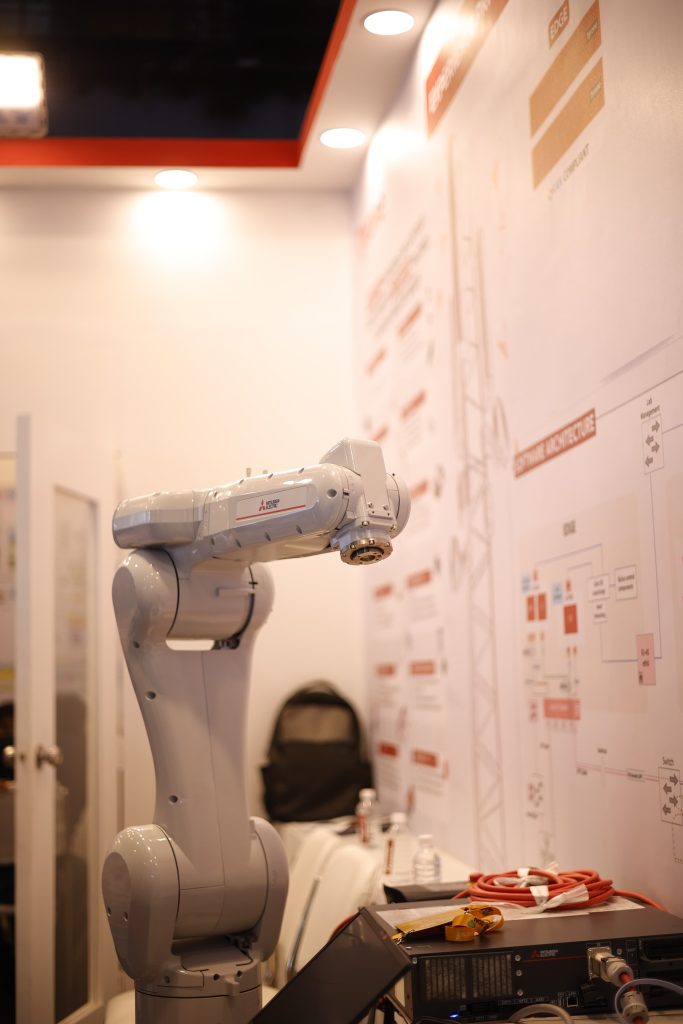
Commenting on women in tech, Jeanette Whyte, Head of Public Policy, GSMA, said, “Empowering women in the digital age is not just a matter of bridging the smartphone gender gap, but of unleashing their potential for global progress. With our Mobile Internet Skills Training Toolkit, partnerships with organizations like the Bill and Melinda Gates Foundation, and our commitment to diversity in tech, GSMA is not just changing statistics, we’re shaping a brighter future. We need to continue to amplify the voices of women in the digital revolution.”
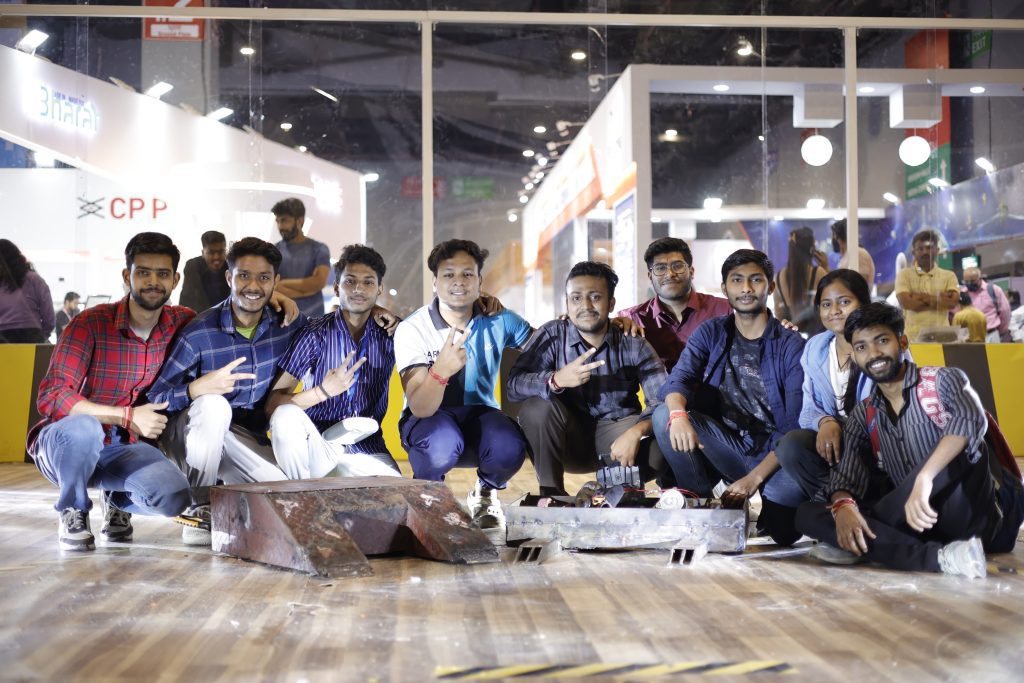
Sanjeev Bikhchandani, Founder and Executive Vice Chairman, Info Edge, said, “The company is currently working on 14 big and small projects under Gen AI. It sees a shift towards employment area in the future and believes that Indian digital infrastructure is going to the next level. The company believes that the aspiration to be an entrepreneur has been a change in India and that startups are the central pillar of India’s growth, which the government of India has recognised this. We believe that the focus should be on the customer more than an investor and that luck plays a very important role in the founder’s life. The best way to preserve your reputation is to be honest with everyone.”
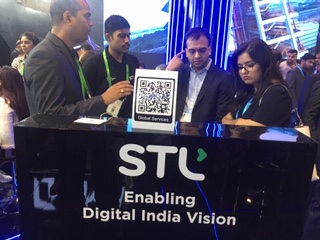
A number of academics and start-ups also showcased a spectrum of use cases which cantered around the use of IoT, AI, Drones, AR &VR, etc. These uses expanded in a variety of fields which majorly included, agriculture, healthcare, telemedicine, climate prediction and detection, problem resolution, green and conservative technology to conservative future, creative and innovative ideas to expand network in unreachable areas. These were some of the many homegrown ideas which our youth presented in spectacular and simplistic manner proving the future of ‘Atmanirbhar Bharat’.

